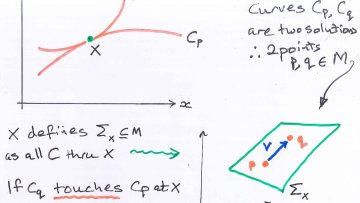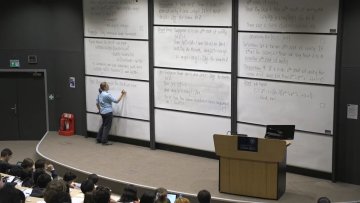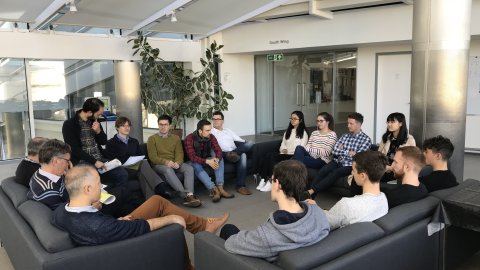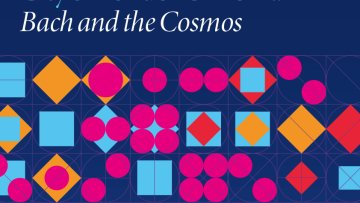Matrix completion is an area of great mathematical interest and has numerous applications, including recommender systems for e-commerce. The recommender problem can be viewed as follows: given a database where rows are users and and columns are products, with entries indicating user preferences, fill in the entries so as to be able to recommend new products based on the preferences of other users. Viewing the interactions between user and product instead as interactions between potential drug chemicals and disease-causing target proteins, the problem is that faced within the realm of drug discovery. We propose a divide and conquer algorithm inspired by the work of [1], who use recursive rank-1 approximation. We make the case for using an LP rank-1 approximation, similar to that of [2] by a showing that it guarantees a 2-approximation to the optimal, even in the case of missing data. We explore our algorithm's performance for different test cases.
[1] Shen, B.H., Ji, S. and Ye, J., 2009, June. Mining discrete patterns via binary matrix factorization. In Proceedings of the 15th ACM SIGKDD international conference on Knowledge discovery and data mining (pp. 757-766). ACM.
[2] Koyutürk, M. and Grama, A., 2003, August. PROXIMUS: a framework for analyzing very high dimensional discrete-attributed datasets. In Proceedings of the ninth ACM SIGKDD international conference on Knowledge discovery and data mining (pp. 147-156). ACM.






